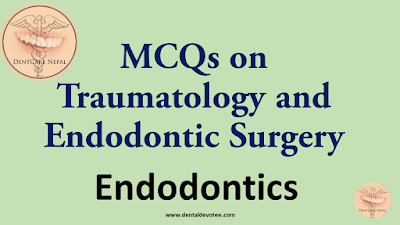i) For diagnosis and treatment planning
ii) To keep records of patients
iii) To compare pre treatment and post treatment results
iv) To communicate with dentists all over the world
v) In preparing case studies and reports
Mastering photography in dentistry is a time consuming skill that develops over years. But few perspectives and views that provide a great detail and are useful in dental diagnosis (Orthodontics in particular) are listed below.
1. Profile view - to evaluate skeletal abnormalities and concavity/convexity of face
2. Frontal view at rest - to evaluate face form, facial asymmetry, lower facial height, lip competency
3. Frontal view Smiling - to evaluate smile, midline shift, diastema
4. Maxillary occlusal view - to evaluate the line of occlusion, caries in need of restoration
5. Mandibular occlusal view - to evaluate the line of occlusion, caries in need of restoration
6. Intraoral Right - to evaluate molar relation , overjet
7. Intraoral Front - Overbite, midline shift, diastema
8. Intraoral Left - to evaluate molar relation, overjet





